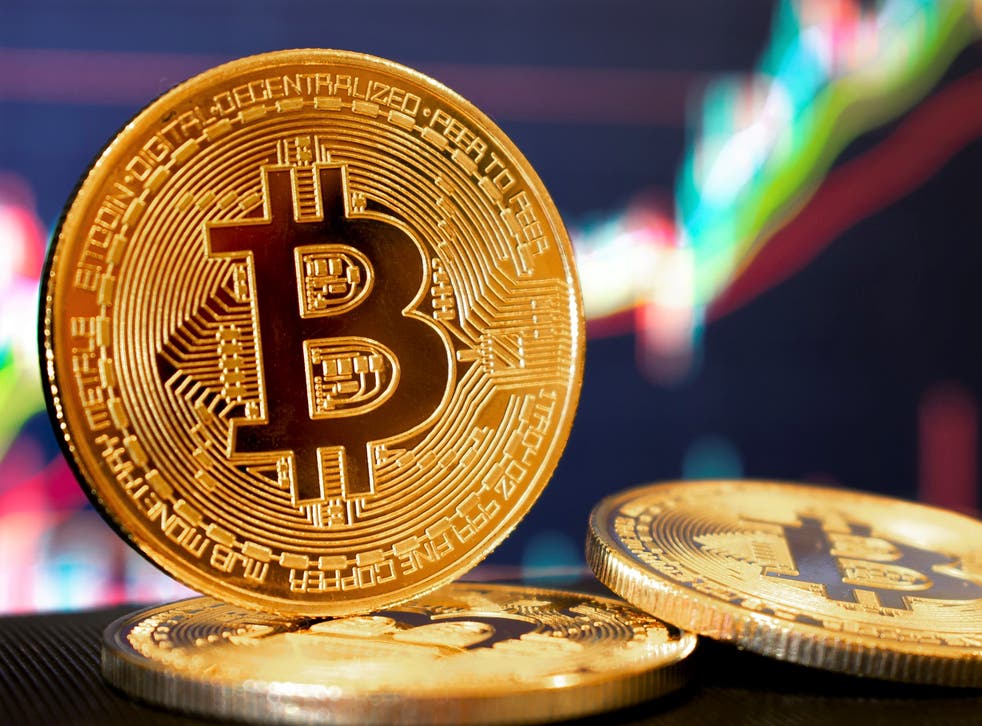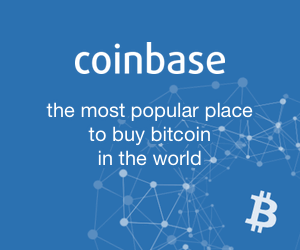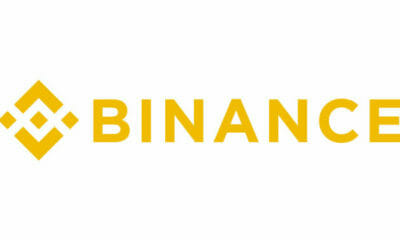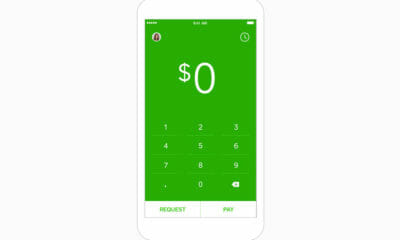Within the last hour Bitcoin (BTC) price pushed through the $11,000 level in a high volume surge which saw the price reach a new 2020 high at $11,394.
At the time of publishing the price has pulled back slightly to the $11,150 range but purchasing volume continues to rise on the 1-hour timeframe. This suggests that the top-ranked digital asset on CoinMarketCap may have another go at the daily high.

Crypto market weekly price chart. Source: Coin360
As reported earlier by Cointelegraph, on-chain activity registered a significant spike in exchange inflow as Bitcoin price rallied above $10,000 and Bloomberg analysts now estimate that Bitcoin price will rise above $12,000 this year.
Ether price (ETH) also surged above its previous high by rallying to $333.52 but at the time of writing the top altcoin has pulled back below $330.

Bitcoin daily price chart. Source: Coin360
According to CoinMarketCap, the overall cryptocurrency market cap now stands at $326.7 billion. Bitcoin’s dominance index currently at 63.1%.
Also, don’t miss our upcoming conference Cointelegraph Crypto Traders Live.
More than 30 star speakers including Raoul Pal, John Bollinger, Mike Novogratz, DataDash and Jon Najarian will gather on July 30th to discuss the challenges of crypto trading. Join the show for over 9 hours of crypto trading content!


















